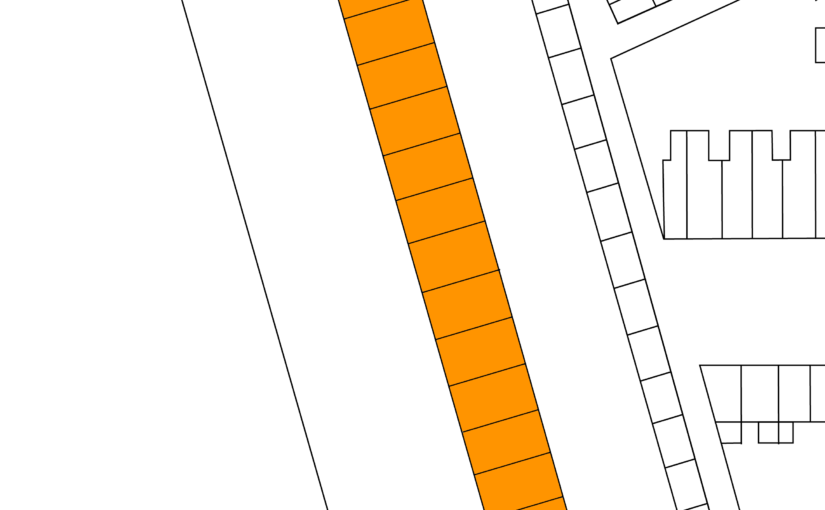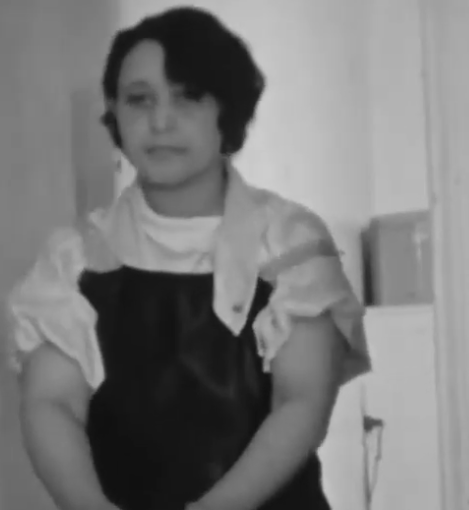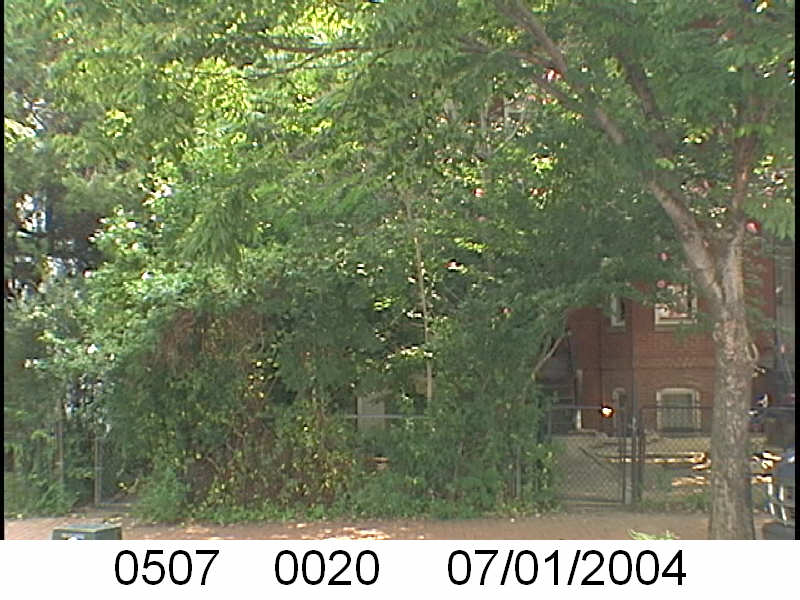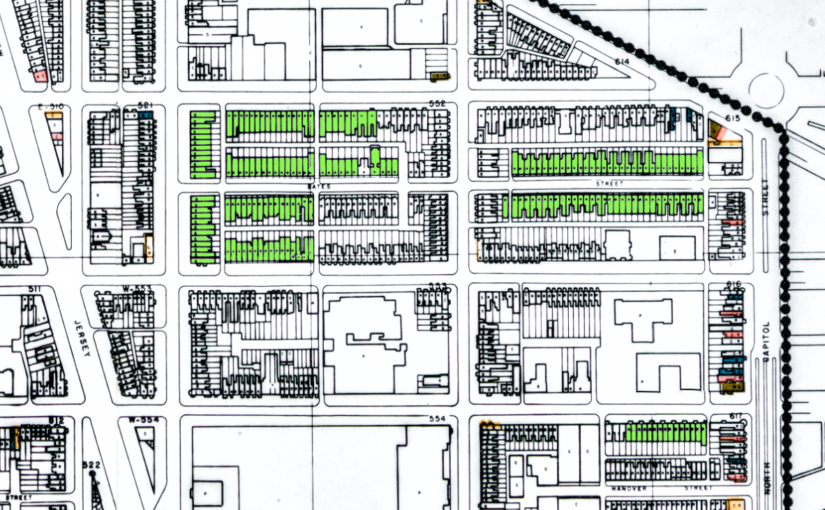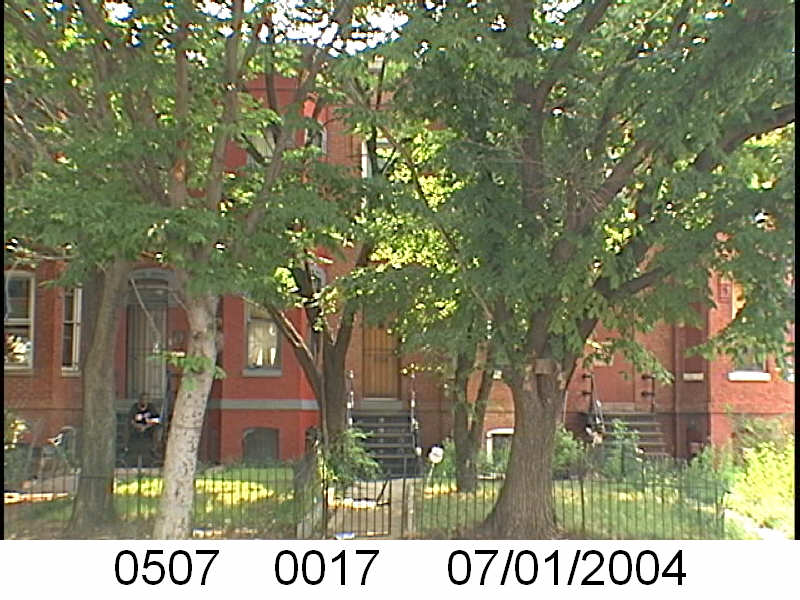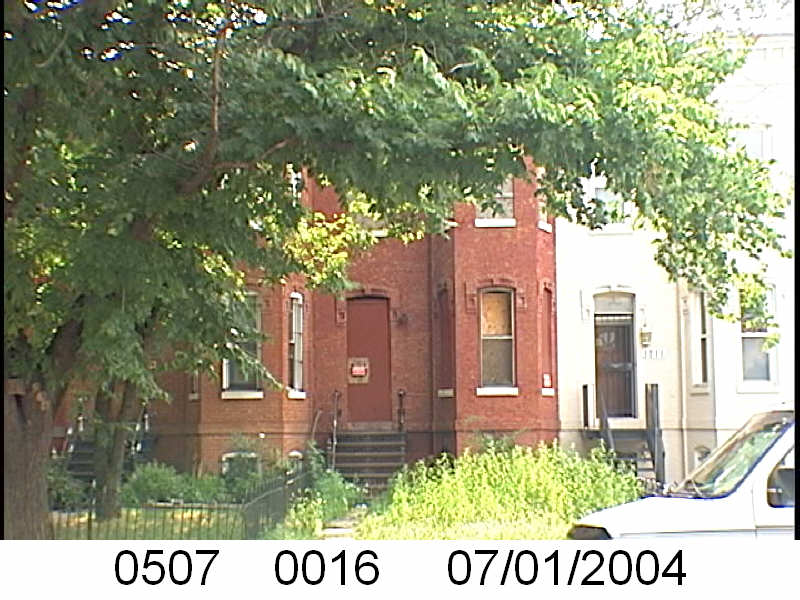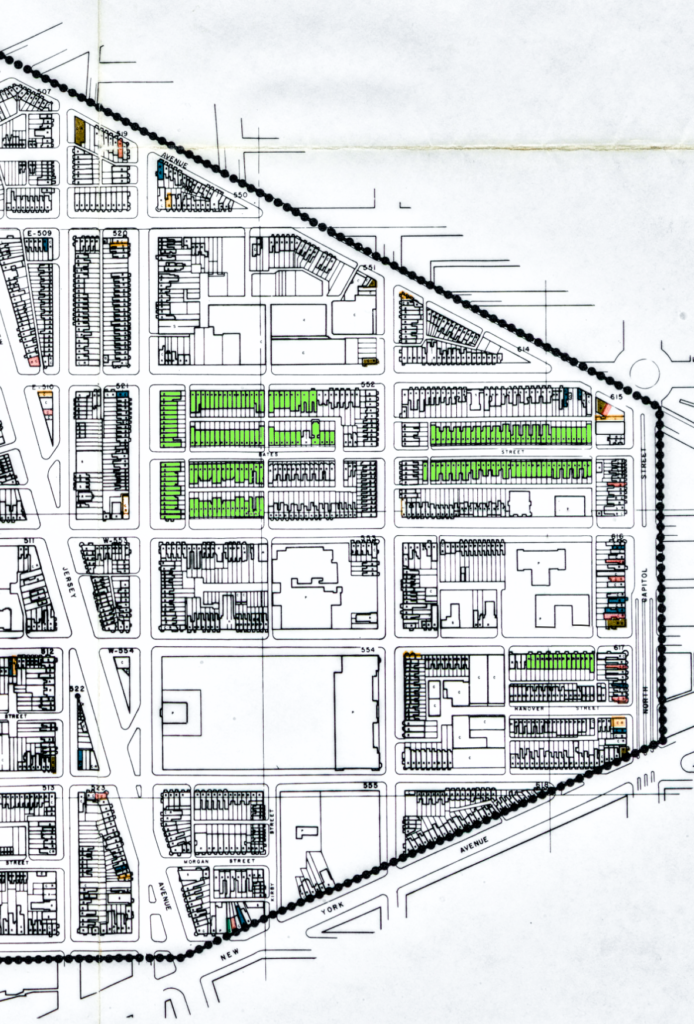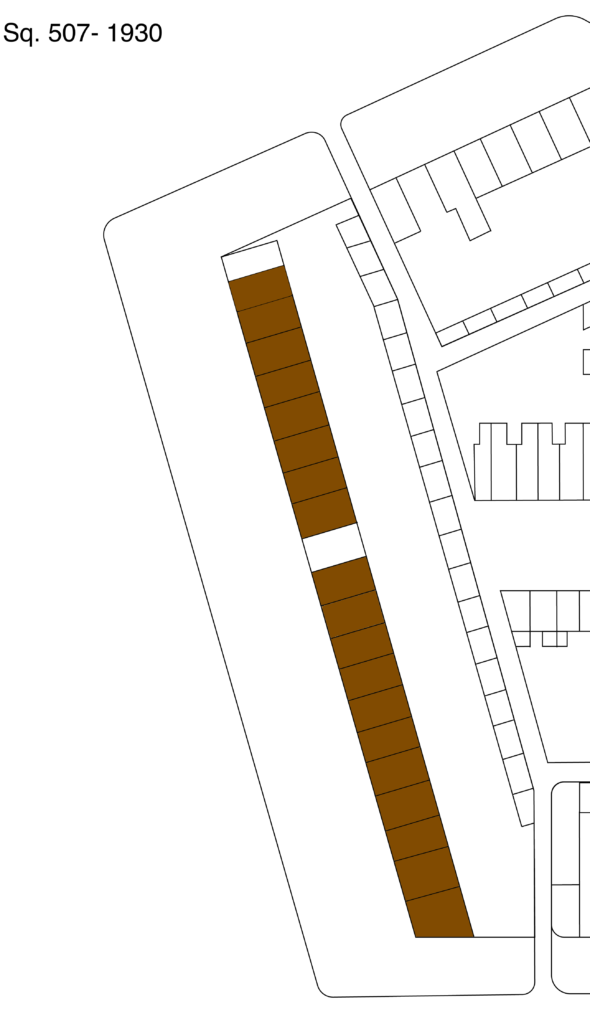
In this series of looking at the odd numbered side of the 1700 block of New Jersey Ave NW from 1920 to 1930, I decided to look at the other end of the block. The change from 1920 to 1930 for most of the block was from white renters to black home owners. My post The sell off of the 1700 block of New Jersey Ave NW pretty much explains the why.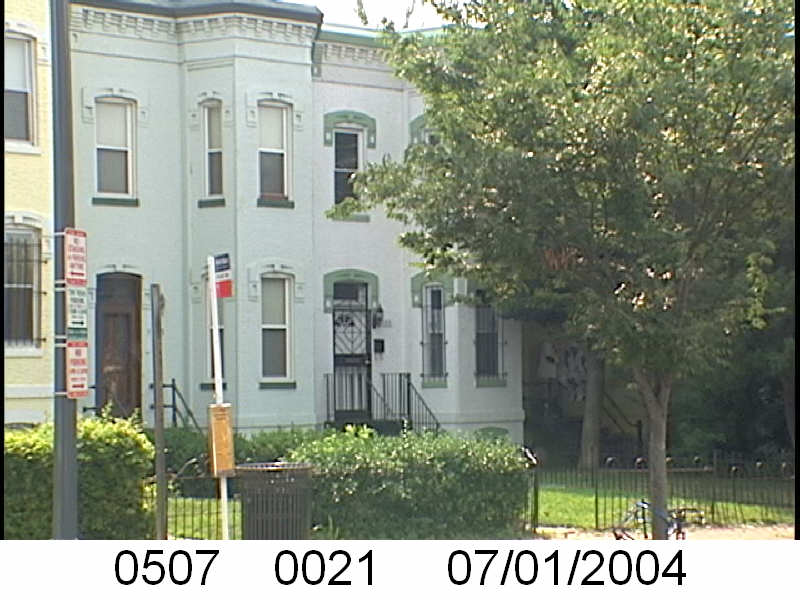
White Renters
The Gray family were the only renters in 1723 New Jersey Ave NW in 1920. It was headed by George Abbott Gray, a 53 year old house painter. He lived in the home with his wife, 52 year old Sarah Ellen (nee Peters) a German-American housewife, their adult children and a roomer. Son George Leslie Gray was a 25 year old machinist and daughter Emma RW a clerk at the War Department.
The census prior Emma lived at 1723 with her grandmother Harriett A. Gray a 69 year old widow. It was just those two, sharing the address with the Lamb family. Her father, mother, brother, and maternal grandmother were living not far away in LeDroit Park at 666 Elm St NW.
The senior George Gray died in 1925, so he would not appear in the 1930 census. The widowed Sarah Gray lived with her daughter Emma who was a clerk for the US Veterans Bureau. Son George L. Gray was working as an auto mechanic and living with his wife Edna at 660 Kenyon St NW.
Black Homeowners
The earliest document for this house appears to be a deed from August 25, 1924 where Robert Oscar Underwood, acting as executor of the estate of Robert DuBois Underwood transferred the home to Clara M. Ward. I am left to assume Robert D. Underwood was the original purchaser from the Chiswells who developed and sold the 1700 block row of homes to African Americans.
Clara Ward appears to have been working as a go between as in the next document, on the same day, Ward transferred/sold the home to Mary L, Johnson and Fannie C. Stewart. Johnson and Stewart took out a loan for $1,850 from trustees WC Prather and Robert W. Savage. The next year, on October 7, 1925, Johnson and Stewart sold the home to Cora B. and Ernest Boozer. The Boozers borrowed $2,625 from trustees Lucie R. Pollard and Arthur C. Proctor. It was the first of seven mortgages before their heirs sold the home in 1966 to East Coast Equities Inc. Earlier in 1963, Ernest Boozer’s name was removed from the property as the couple had divorced. Cora Boozer died in Rock Hill, SC on June 6, 1965. Her brother Fielding Robinson Jr , was her heir, along with his wife Mae.
Cora Bell Robinson Boozer, was born in Columbia, SC August 8, 1910. Frank was also born in Columbia, SC but in 1899. In the 1930 census Cora and her husband Ernest lived with half a dozen lodgers. Frank was a 35 year old barber and Cora worked as a servant in a hotel. Their tenants included a janitor, a laborer and an elevator operator.

